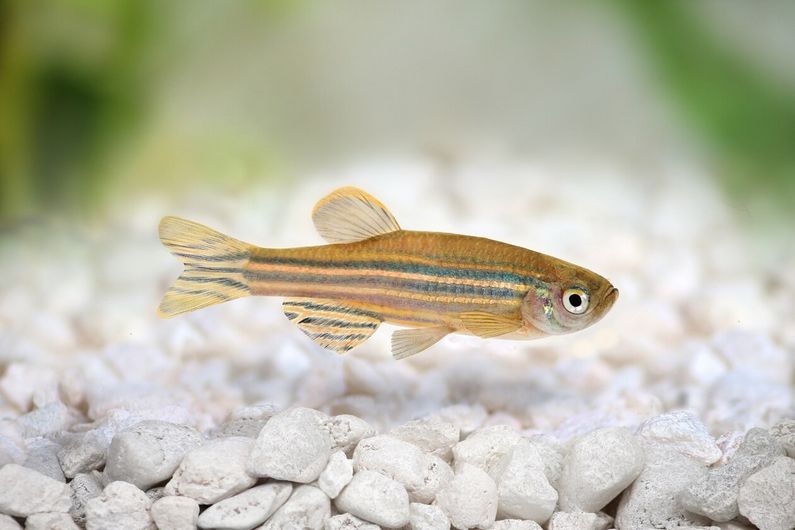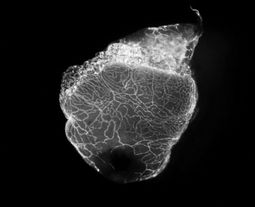Regenerating the heart after an attack
- Salle de presse
06/09/2022
- UdeMNouvelles
Zebrafish are put under the lens at CHU Sainte-Justine Research Centre to see how they repair damaged tissue – with some surprising results.
Heart attacks are damaging, and the severity depends on how long blood flow has been interrupted; when temporarily deprived of oxygen, heart cells die. In addition, the heart can’t rebuild its own tissue, leading to its failure, the main cause of mortality and morbidity worldwide.
Unlike humans and other mammals, however, adult zebrafish can regenerate damaged heart tissue. In a new study, Université de Montréal professor Ruben Marin Juez, a new recruit at the CHU Sainte-Justine Research Centre, reveals the complex mechanisms that allow this marine animal to "repair its heart" after injury.
Juez’s discovery offers a promising perspective on the therapeutic avenues of cardiac revascularization and regeneration in humans. The results are published in the journal Circulation Research.
The coronary vessels transport blood. However, in adult zebrafish, they are also essential for heart muscle cell proliferation and healing. In fact, it is the injury itself that would immediately trigger a regenerative response from the coronary vessel cells, which is needed to reconstitute the tissue.
Identifying molecules and cell signalling
In their new study, Juez’s international research team focused on identifying and plotting the interaction of molecules that allow this regenerative response. The scientists studied the cell signalling that generates coronary vessel cell proliferation.
By manipulating the action and expression of these molecules, they were able to identify two proteins – Emilin2a and Cxcl8a – as key players in the revascularization and regeneration of cardiac tissue.
“We already knew that, after cardiac injury, vascular endothelial growth factor C (Vegf-C) was upregulated in adult zebrafish, and that this factor was involved in cardiac regeneration,” said Juez.
“However, we discovered that Vegf-C signalling promotes the expression of Emilin2a, which, in turn, fosters the expression of Cxcl8a. We also discovered that manipulation of Emilin2a protein expression alone is able to modulate the regenerative response of cardiac muscle cells.
“This discovery will make it possible to study the potential of this molecule for treatment purposes in people with heart damage.”
About this study
"A vegfc-Emilin2a-Cxcl8a signaling axis required for zebrafish cardiac regeneration" by Rubén Marín-Juez Hadil El-Sammak, Bingyuan Yang, Stefan Guenther, Wenbiao Chen and Didier Y.R. Stainier, was published April 29, 2022 in Circulation Research. Ruben Marin's laboratory benefits from a start-up fund from the CHU Sainte-Justine Foundation.
About the CHU Sainte-Justine Research Centre
CHU Sainte-Justine Research Centre is a leading mother-child research institution affiliated with Université de Montréal. It brings together more than 200 research investigators, including over 90 clinicians, as well as 350 graduate and post-graduate students focused on finding innovative means of prevention, faster and less invasive treatments, and personalized approaches to medicine. The Centre is part of CHU Sainte-Justine, which is the largest mother-child hospital in Canada and second most important pediatric hospital in North America.
Media contact
-
Justine Mondoux-Turcotte
CHU Sainte-Justine
Tel: 514-213-4488 -
Jeff Heinrich
Université de Montréal
Tel: 514 343-7593















